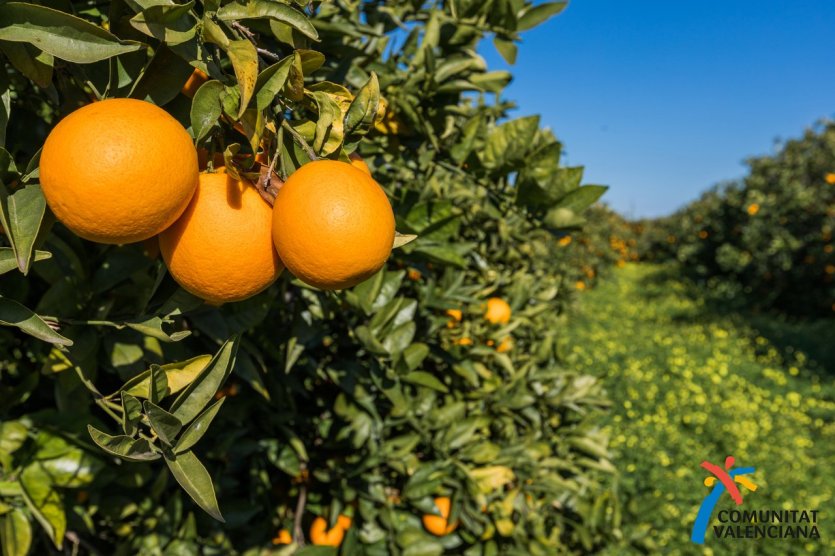
A medieval village, a baroque church, an Iberian site, the richness of the heritage is the first asset of the inland towns found in the Valencia region. You can also appreciate the beauty of the natural landscapes made up of mountains, ravines, gorges and lakes, but also pine trees and fields of orange and almond trees, in bloom as soon as spring arrives. It is also an opportunity to discover a specific gastronomy, accompanied by the wines of Utiel-Requena, so that the experiences offered are complete.
1- Anna
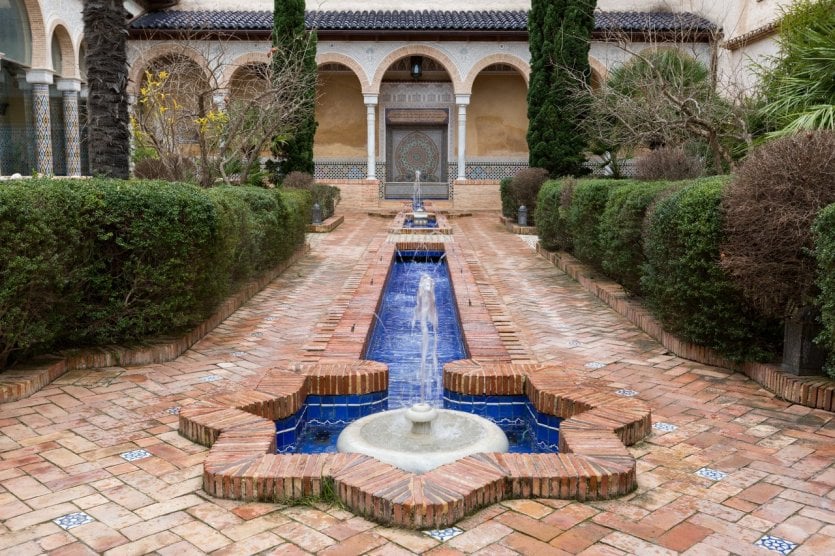
Water remains the guiding thread of the visit. While walking through the urban center of Anna, dotted with fountains and washhouses, we stop to visit the Palace of the Counts of Cervellón, whose construction began in the 12th century, and then the hermitage of Christ of Providence (18th century) for a magnificent view of the whole city. Later on, you can go back to the waters of the Albufera lake to take a boat ride and enjoy the calm of the place, or you can choose the bucolic path that goes through the three waterfalls. There is no shortage of charming itineraries in the Valencia region.
2- Albaida
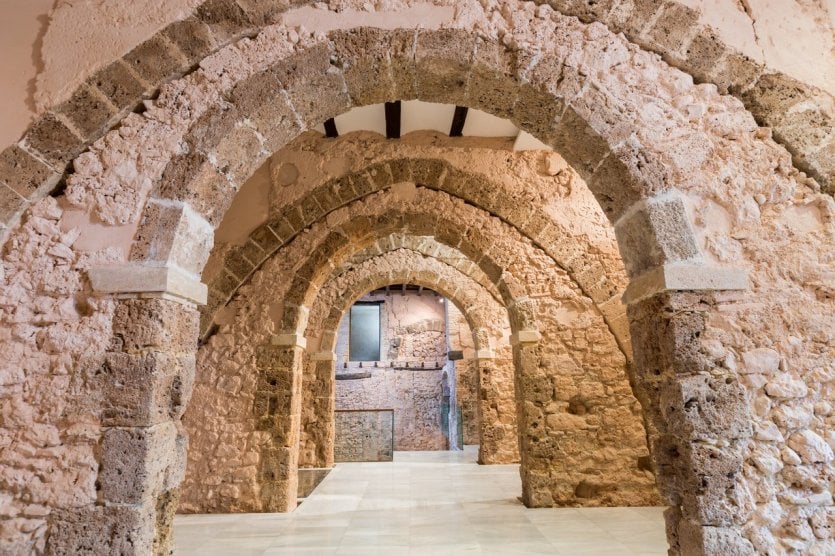
The Palacio de los Milà i Aragó, marquis of the city, is the emblem of the city. Built at the end of the 15th century, taking over part of the Arab wall, it has many rooms - the throne room, the music room, the Christ room... - and a beautiful collection of Baroque paintings. It also has many festivals where you can have a good time: the Santa Cruz festival, the Feria de San Jaime or the Moros y Cristianos festival are all events that animate the city. Like the Fallas of Valencia, recognized by the UNESCO World Heritage, we know that a stay in the region is also an opportunity to party.
3- Alpuente
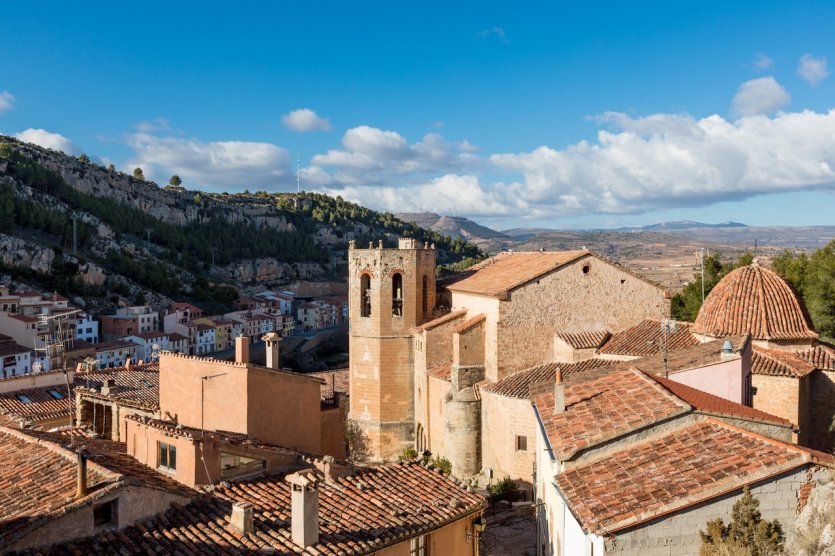
Located on a hill between the mountains of San Cristóbal and El Castillo, this medieval village has a paleontological museum that houses one of the most important collections of dinosaur fossils in the Valencian Community. You will also discover its impressive aqueduct with thirteen ogival arches, whose role was to supply water to the town and the surrounding orchards. It is one of the few constructions of this type in the Valencian Community
4- Bocairent
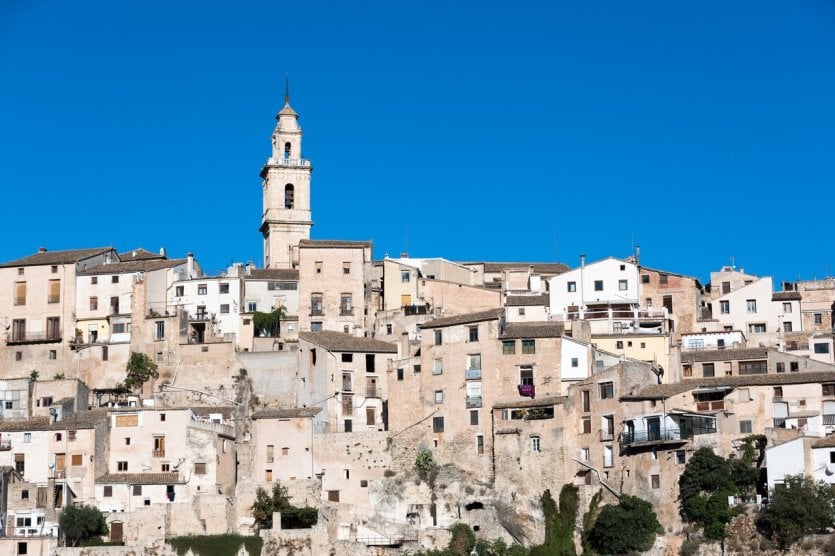
Located on the northwestern slope of the Mariola mountain range, this town with its winding streets and alleys is marked by the silhouette of the Virgen de la Asunción church, built in the 16th century on the site of the old Arab fortress and which mixes Gothic and Baroque styles. It also houses some splendid works by the Valencia-born artist Joaquín Sorolla. Another must-see is the Covetes dels Moros (Moors' Cave), artificial caves from the 10th and 11th centuries that were probably used to store grain.
5- Chelva

The visit to this charming village in the county of Los Serranos begins in the Plaza Mayor, where we find the church of Los Angeles, considered one of the best examples of Valencian Baroque. And of course we notice that the bell tower is one of the last in Spain to indicate the time, but also the day of the month and the week. The continuation of the walk will show the traces left by the different Christian, Jewish and Muslim cultures. The styles are mixed and the whole forms a curious and very pleasant stage.
6- Chulilla

Located at the foot of a promontory, this village is dominated by the silhouette of an Arab castle preserving towers and walls on the village side. Its narrow and steep streets have kept their medieval layout, conducive to a slow discovery where you must keep your eyes wide open. It is also a starting point for the route of the suspension bridges that crosses the Turia River several times, sometimes at a height of 15 meters above the river. Finally, we end up at the Charco Azul, a natural pool surrounded by mountains. A natural place of breathtaking beauty.
7- Moixent

Known for its vineyards, olive groves and charming town center, this town in the county of La Costera is also home to one of the most important archaeological sites in the Valencian Community: the Bastida de les Alcusses, an Iberian settlement from the 4th century B.C., which must have housed between 1,000 and 1,200 people. In 1931, the Warrior of Moixent was discovered there, a bronze statue of a warrior on horseback from the5th century BC. For the curious, it is currently in the Museum of Prehistory of Valencia.
8- Simat de Valldigna

The landscape of Valldigna, a valley open to the sea, is deeply marked by orange fields. They also constitute the main activity of the area. In addition to the numerous walks that are available to hikers, one can also take advantage of a visit to the royal monastery of Santa María de la Valldigna, one of the most significant examples of Cistercian architecture in the Mediterranean. It was inhabited by the monks until the law of disarmament of Mentizabal in 1835.
9- Venta del Moro

In this village, which belongs to the region of Utiel-Requena, we enter the area of production of wines with the Denomination of Origin. They are simply the best in the Valencian Community and you can enjoy them by visiting the numerous wineries. A stay in Venta del Moro is also ideal to marvel at the surrounding nature while practicing a wide range of sports in the Hoces del Cabriel Natural Park: bungee jumping, rafting or canyoning in the Cabriel River
10- Náquera
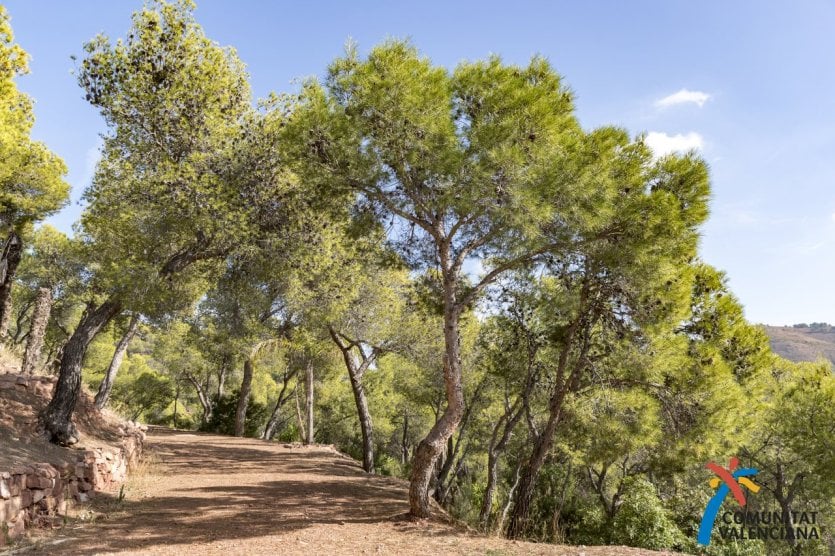
Náquera, only 38 km northwest of Valencia, is the gateway to the Sierra Calderona Natural Park, an area dominated by pine forests, especially Aleppo. This double proximity and its excellent climatic conditions make it a highly sought-after vacation spot for Valencians who appreciate the beauty of this town, surrounded by pine trees, mountains and ravines, and where olive, almond, vine, carob and orange trees grow. Perfect conditions to disconnect and recharge your batteries in the fresh air.


